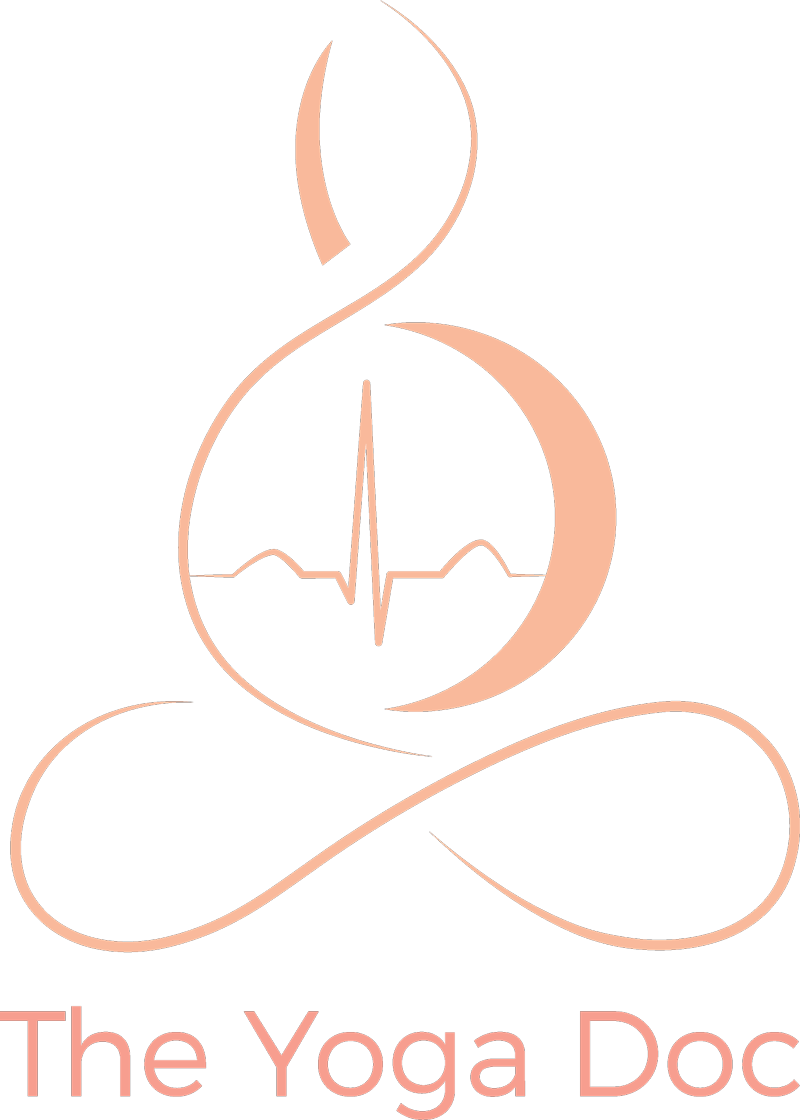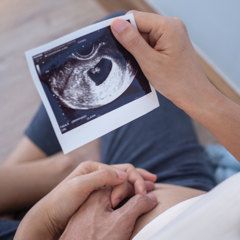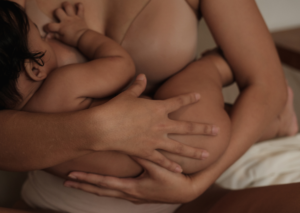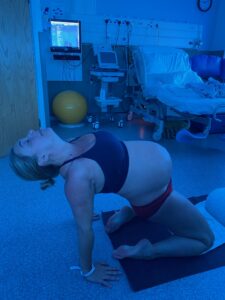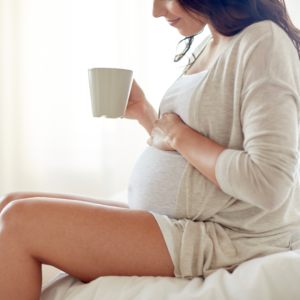What is screening?
Screening within healthcare is a long established way to identify members of the population that may be more likely to have certain conditions, think of the highly successful cervical screening programme or breast screening for cancers.
Screening in early pregnancy, is a method similarly designed to look for certain predisposings factors that may indicate a higher chance of having a baby with certain genetic conditions. The most well known of these being Down’s Syndrome.
If you’re pregnant and have no other risk factors, in all likelihood this will be your first introduction to the healthcare system in your pregnancy after your initial booking appointment.
How do the tests work?
The Gold Standard Test
The Combined Screening Test (CST) is the Gold Standard we use in the UK to assess your chances of having a baby with one of three Chromosomal conditions, Downs, Edward’s or Patau’s Syndromes. These occur right at the beginning when the sperm meets the egg and the first division takes place, with one cell taking one extra chromosome than your normal 23 pairs. The result is your growing baby may end up with three copies (a trisomy) of chromosomes 21, 18 or 13 respectively.
At 10-13+6 weeks you will be invited for this test, where blood tests will be taken (BhCG and PAPP-A) and a measurement of the back of the growing fetus’ neck will be taken (the nuchal translucency). This is all plugged in to a system along with your age and the chance of each of these 3 conditions will be calculated. You will be given a ‘1 in’ chance, anything greater than 1 in 150 is considered low. The accuracy of this test is 90%, so it’s not diagnostic and you will normally be counseled as to your options if your result comes back high. It’s important to know that this does not give you a definite answer one way or another, more an indication.
The Quadruple Test
If you end up missing this 13+6 cut off and you are between 14-20 weeks, you will be offered a quadruple test. This is far less accurate (75%) and is a calculation based on 4 different blood test results with no scan findings entered in. It only screens for Down Syndrome and you would normally be offered a mid-pregnancy scan to look for anatomical features which might suggest your baby has the other two trisomies.
Non-Invasive prenatal testing (NIPT)
In recent years a final far more accurate screening test has come to the market, cell free DNA non-invasive prenatatal testing (cf-DNA NIPT). This is 99% accurate, but again, it’s important to reiterate this is still considered a screening test. Here your blood test will be taken and spun down, to separate your blood cells and your baby’s (there will always be a small amount of mixing of blood through the placenta). From this genetic testing can be done on this DNA. This looks for other conditions as well as the three trisomies of the traditional screening methods. It has a false positive rate of 0.1%, meaning 0.1% of women will have a result that tells them their baby has a condition when it doesn’t, which is why you would not be offered this as a diagnostic test. This test is available to women that have a higher chance on their combined testing result and perhaps have declined more invasive testing, it is also available from various companies privately, who will offer a range of different conditions to be tested for.
What does invasive testing mean?
The only definitive way to identify if your baby has any of these conditions is through invasive testing, which would either be a chorionic villus sampling (CVS), which takes place between 11-14 weeks and samples cells from the placenta or an amniocentesis, which happens after 14 weeks and takes a sample from the amniotic fluid, both are carried out in specialist fetal medicine units, under ultrasound scan guidance, where a long needle is inserted through the skin in to the uterus to retrieve the sample and correspondingly has a miscarriage rate of around 0.5%.
Implications and a very personal journey
This is the normal pathway to a diagnosis. What you decide to do with this information will be very much up to you and based on your previous life experiences and personal beliefs. It’s really important to acknowledge that receiving such news is likely to be completely life changing, depending on the results. Sadly survival rates with Patau and Edward’s Syndrome are very low, where Down Syndrome is fully compatible with life and often involves a range of classical symptoms which are characteristic. There still exist societal stereotypes of children and adults with Down Syndrome and these are likely to significantly affect a woman’s decision.
My good friend Sarah Roberts, found of Don’t Be Sorry @dontbesorry2, is a mum of 3 and her eldest, Oscar had an unexpected diagnosis at birth. We sat down to talk about this and I have shared our conversation over on my Instagram page, but please do follow her for non-judgemental and realistic advice about having a child with Down’s Syndrome, she is open and honest about the challenges that she experiences, but is also on a mission to show how he is an important and vital part of their family.
The most important thing to state in all of this is that the decision of whether you choose to continue the pregnancy or not is completely one that is yours alone. It should not be one assumed or coerced. The language we use as healthcare professionals, can often be hugely loaded and it’s important that we begin to realise how our own prejudices may creep in to the advice we give women and their partners.
